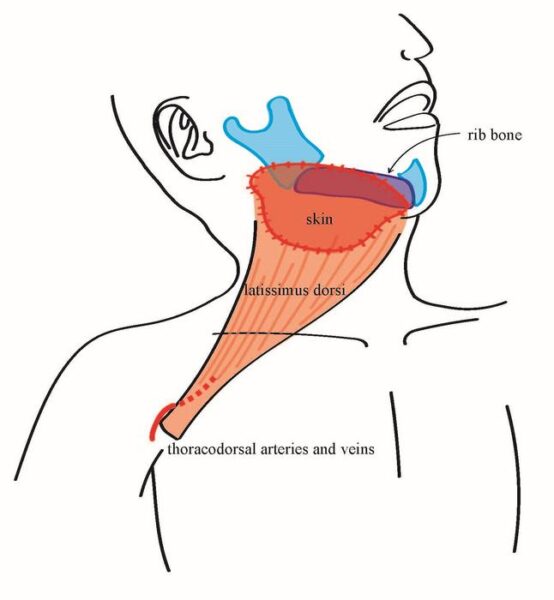A groundbreaking surgical innovation has emerged from Japan, offering a beacon of hope for patients facing the daunting challenges of complex head and neck reconstruction. By achieving an unprecedented success rate through meticulous tissue repositioning while preserving critical blood supply, the technique not only enhances surgical safety but also expands options for individuals deemed ineligible for traditional procedures.
Published in Plastic and Reconstructive Surgery—Global Open | Estimated reading time: 5 minutes
Head and neck reconstruction occupies a vital nexus in cancer treatment, where the surgeon’s delicate balancing act—preserving essential functions such as eating, speaking, and breathing while safeguarding aesthetic appearance—is a measure of both art and science. In this realm, researchers at Osaka Metropolitan University have pioneered an advancement that promises to redefine possibilities for patients burdened by anatomical complexity or elevated surgical risks.
Dr. Tsubasa Kojima, the study’s lead author and lecturer at Osaka Metropolitan University’s Graduate School of Medicine, underscores the limitations that plague conventional surgical methods. “Traditional reconstruction typically uses free flaps, which may not be feasible for some patients, such as those who have had prior radiation treatment or multiple surgeries.”
In response to these constraints, the research team developed an approach leveraging pedicled latissimus dorsi (LD) myocutaneous flaps—segments of tissue harvested from the patient’s back that retain their natural vascular supply. What differentiates this innovation is the deliberate repositioning of the skin section further down the back, a strategic adjustment that incorporates a critical artery branch to ensure uninterrupted and robust blood flow.
The study’s outcomes are nothing short of remarkable. Across a cohort of 22 patients presenting with extensive head and neck defects, the pedicled LD flap achieved flawless success. Such a perfect integration rate is a testament to the technique’s reliability and its potential as a lifeline for individuals who might otherwise be excluded from conventional reconstructive options.
“This setup provides flexibility, allowing the LD flap to cover extensive defects, including those in both the mouth and neck simultaneously, and even facilitates jaw reconstruction by incorporating rib bone,” Kojima explains. The approach’s adaptability—seamlessly addressing diverse and challenging defects—reflects a quantum leap in the surgical repertoire available to reconstructive specialists.
In essence, this technique not only extends the frontiers of what is surgically achievable but also redefines the boundaries of hope for patients navigating the often unforgiving landscape of head and neck cancer. With safety, precision, and versatility at its core, the innovation signals a transformative shift, offering a pathway to restored function and dignity for those who need it most.
Glossary
- Free flap: A section of tissue completely detached from one part of the body and reattached to new blood vessels at the reconstruction site.
- Pedicled flap: A tissue section that remains partially attached to its original location, maintaining its natural blood supply while being transferred to the reconstruction site.
- Latissimus dorsi (LD) myocutaneous flap: A specific type of tissue flap taken from the back muscles, including both muscle and skin components.
Test Your Knowledge
What is the main advantage of pedicled flaps over free flaps?
Pedicled flaps retain their natural blood supply as they remain partially attached to the donor site.
How many patients were successfully treated using this new technique?
The technique achieved success in all 22 patients with complex head and neck defects.
What unique modification did the researchers make to the traditional LD flap technique?
They positioned the skin portion of the LD flap more distally (lower) on the back than in conventional techniques, while including the lateral cutaneous branch of the 10th posterior intercostal artery.
What additional reconstruction capability does this technique offer beyond soft tissue repair?
The technique can facilitate jaw reconstruction by incorporating rib bone into the flap design.
Enjoy this story? Subscribe to our newsletter at scienceblog.substack.com.
If our reporting has informed or inspired you, please consider making a donation. Every contribution, no matter the size, empowers us to continue delivering accurate, engaging, and trustworthy science and medical news. Independent journalism requires time, effort, and resources—your support ensures we can keep uncovering the stories that matter most to you.
Join us in making knowledge accessible and impactful. Thank you for standing with us!

